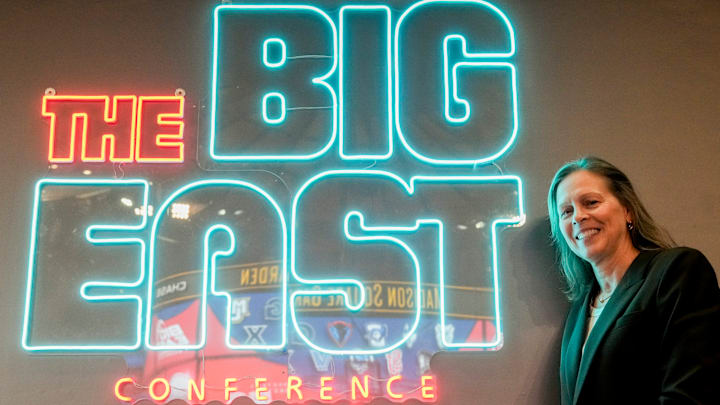The Big East and ESPN came to an example-setting agreement earlier this week., The deal's focus is on streaming coverage of mostly non-revenue sports, with 300+ Olympic sporting events annually shown on ESPN+. There will also be more extensive coverage of 75+ women's Big East basketball games. The news is the first of its kind, a conference to have mainstream coverage of under-featured events and sports.
ESPN 🤝 @BIGEAST
— ESPN PR (@ESPNPR) July 8, 2025
ESPN+ will now be the home of 300+ Olympic sports events annually - incl. select @BIGEASTMBB & @BIGEASTWBB matchups
Details: https://t.co/qYKSfEHNsW pic.twitter.com/db7dCDiJbZ
Big East boosts visibility for women’s and Olympic sports with ESPN+
This coverage is a win for both athletes and fans. Athletes will now be able to be spotlighted in a way they weren't before. Big East fans will have an easy path to tuning into these undercovered sports. Previously, Big East fans had to pay for FloSports to watch many of these events or be content with not watching them at all.
While ESPN+ is also a pay-to-stream service, it's often included in most sports fans' monthly subscriptions already. Ease of use, cost of service, and inclusion of more sports are all wins.
The Big East commissioner, Val Ackerman, sees this is a huge win for the conference.
"“Streaming on ESPN+ gives all 22 of our sports — especially women’s basketball and Olympic sports — the visibility they’ve earned and the access our fans expect. We look forward to delivering elevated coverage and a streamlined viewing experience to fans and family members who want to follow BIG EAST action across our wide array of sports offerings.”"Val Ackerman
ESPN and The Big East Conference have a long history of working together that goes back to 1980 when the first TV deal between the two was signed. Over the years, Big East fans had gotten used to ESPN coverage as part of their conference, but about a decade ago, the two split and have been unable to work out a deal since.
There is a lot at play with these two entities coming back together from history to non-revenue sports coverage. It's a big win for the Big East, and it's a big win for college sports everywhere. The big question is, will other conferences follow suit and find a way to spotlight Olympic sports and give a bigger stage to women's sports?
